The pursuit of love and connection has been around since the dawn of man, so that is nothing new or earth-shattering. What is relatively new in the search for romance is that dating apps are now a cornerstone, a go-to, if you may, of most modern romantic relationships.
But did you know that behind every single swipe and match, there’s a sophisticated business model at play? Want to know how exactly these platforms generate revenue and what it means for the singles who use them? Us too! Let’s find out! Come with us as we explore the economics of love and break down the business model behind our fav dating apps.
The Foundation of Dating App Revenue
Dating apps have crafted ingenious methods to turn the search for love into a profitable venture. Here’s how they do it:

Freemium Models: The Gateway to Love
The circuit for most users on dating apps starts with a free sign-up. This model, known as the freemium plan, is the bedrock of most dating apps. It invites a big user base to experience a platform, creating a broad dating pool of potential matches. However, the full spectrum of romantic possibilities often comes with a price tag in the form of premium subscriptions. These paid options unlock a suite of features that are designed to elevate your dating game.
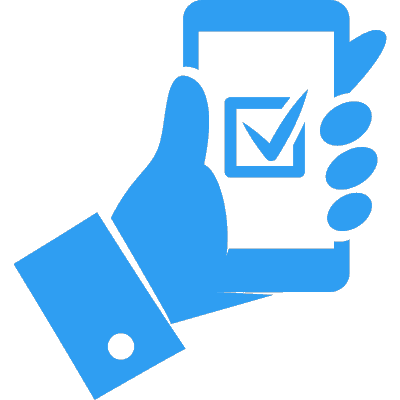
In-App Purchases: The Extras
Beyond the premium plans and subscriptions, dating apps offer users a variety of in-app purchases like boosts, super likes, and rewinds. Each of these features is designed to increase your chances of making a meaningful connection. Whether it’s by boosting your dating profile’s visibility or showing someone that you’re really interested by gracing them with a super like (a “like” on steroids), these paid perks look to give you an extra edge in the love market.
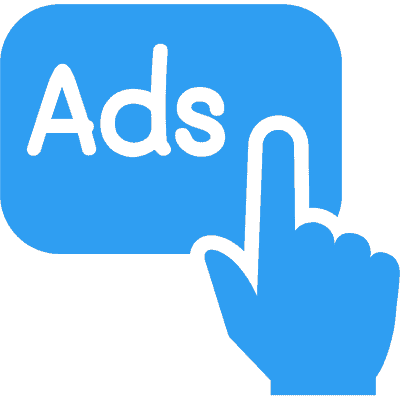
Advertising and Partnerships: The Side Hustles
As users swipe left and right, they’ll likely encounter advertisements nestled among potential matches. These ads, along with strategic partnerships with brands and venues, provide a secondary stream of income for the app. From promoting local eateries that are great for first dates to movie tie-ins that act as an initial icebreaker, these collabs offer users ideas while significantly padding the app’s revenue.
Impact on Users
With these revenue models in place, it’s super important to consider how they affect the user experience and the wider implications for those looking for love on dating apps.
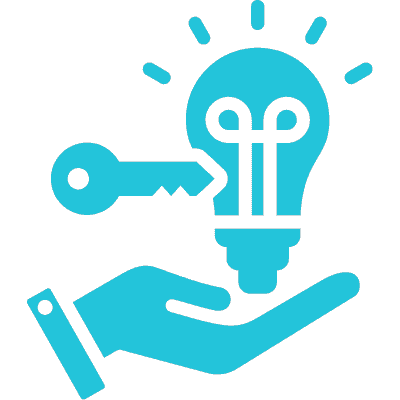
Access and Opportunity
The freemium model’s open-door policy means a diverse pool of users, which enriches the dating ecosystem. This diversity can lead to more matches and, potentially, meaningful connections, showcasing the positive side of the app’s economic strategies.
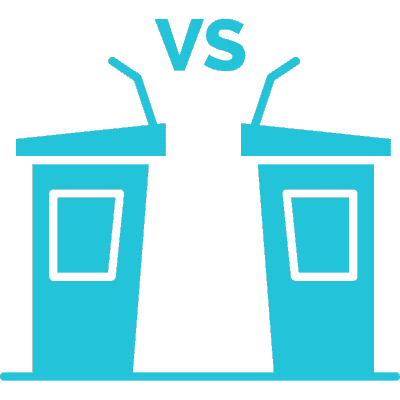
The Debate: Fair Play in Love
However, the introduction of premium features and in-app purchases has sparked a lot of debate. Some argue that these monetization strategies create an uneven playing field, where the ability to pay can outweigh genuine compatibility. This raises questions about fairness and whether the path to love should come with a price tag.
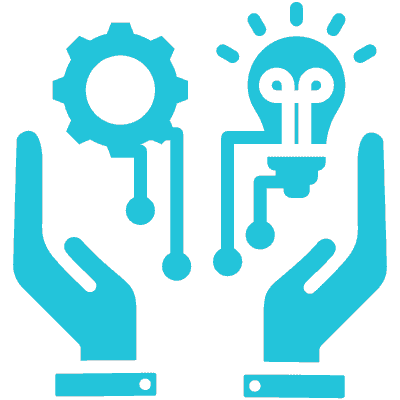
Fueling Innovation
On the flip side, the revenue generated from all of the subscriptions, in-app purchases, and ads drives innovation within the platform. From improving matching algorithms to integrating video chat features, these funds go a long way in upgrading the user experience. The goal is to make the experience of finding love or companionship easier and more engaging, which benefits every user, regardless of the cost of the dating app.
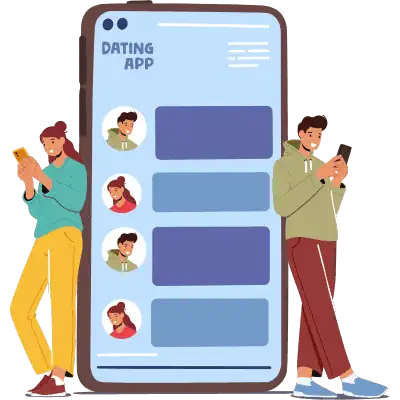
The Rub
The dating app sector has obviously turned the search for love into a profitable venture, what with the combination of subscription fees, memberships, in-app purchases, and advertising to really rake in some extra cash. It’s pretty much standard now to pay for some a little more matchmaking help.
But dating apps have to navigate a super tricky path—they’re on a constant hunt for fresh faces to keep the business booming and need to coax users into spending in a market over-saturated with platform options. And a lot of daters are spreading their dating budget across two or three apps, looking for that special connection without too much of a financial hit. To top it all off, platforms have to make sure that users enjoy their time without feeling like they’re just another sucker for profit.
And let’s not forget the ultimate paradox: creating a dating app that’s good at its job but doesn’t make people successful in love too quickly—then they wouldn’t get any return business.
Closing Thoughts
The business model that fuels dating apps shows that there is a pretty busy intersection of love and economics. While the monetization strategies guarantee the platforms’ sustainability and evolution, they also introduce considerations for users about overall value, fairness, and the role money plays in the search for romantic connections.
As the digital dating arena continues to evolve and expand, users and developers alike are challenged to balance the pursuit of profit with the genuine desire to foster meaningful relationships.
Whether you choose to stick with a freemium account or invest in premium features, the heart of the matter is unchanged: finding a connection in the age of technology. The best dating apps, with their sometimes complicated mix of business and pleasure, give singles a modern-day conduit for the timeless pursuit of romance.
